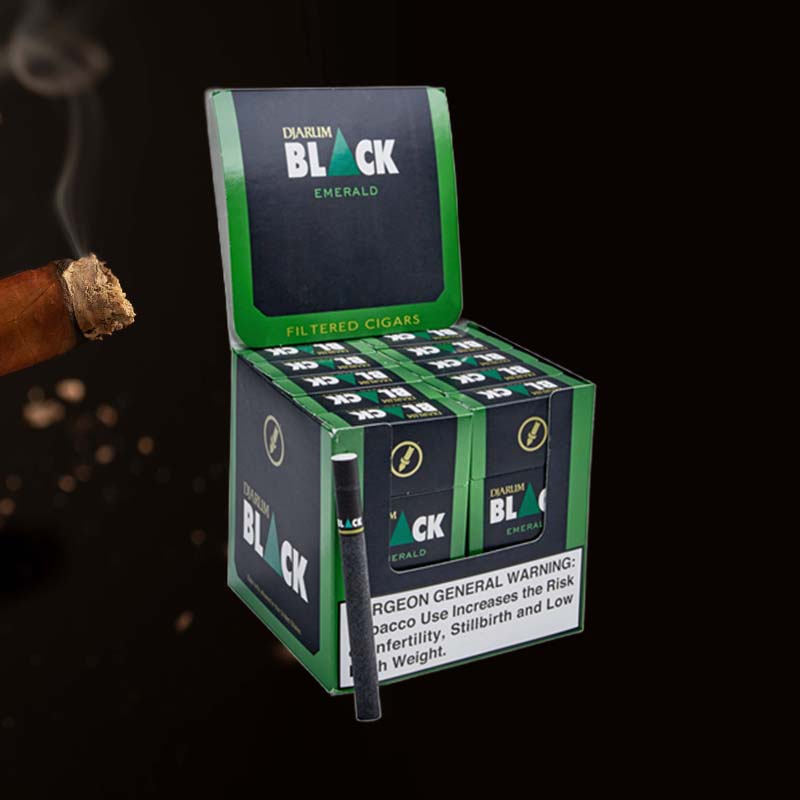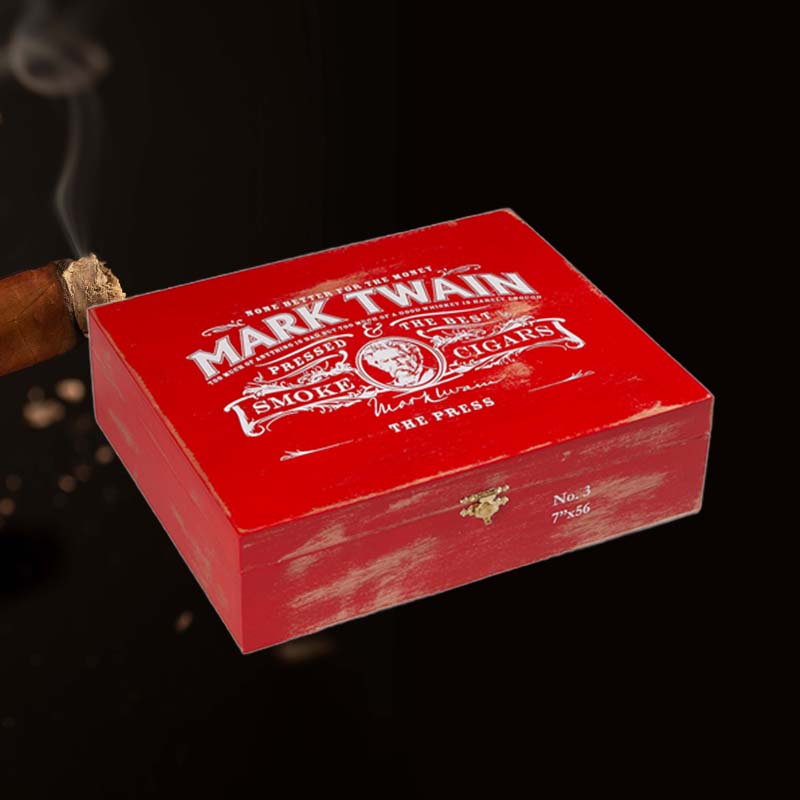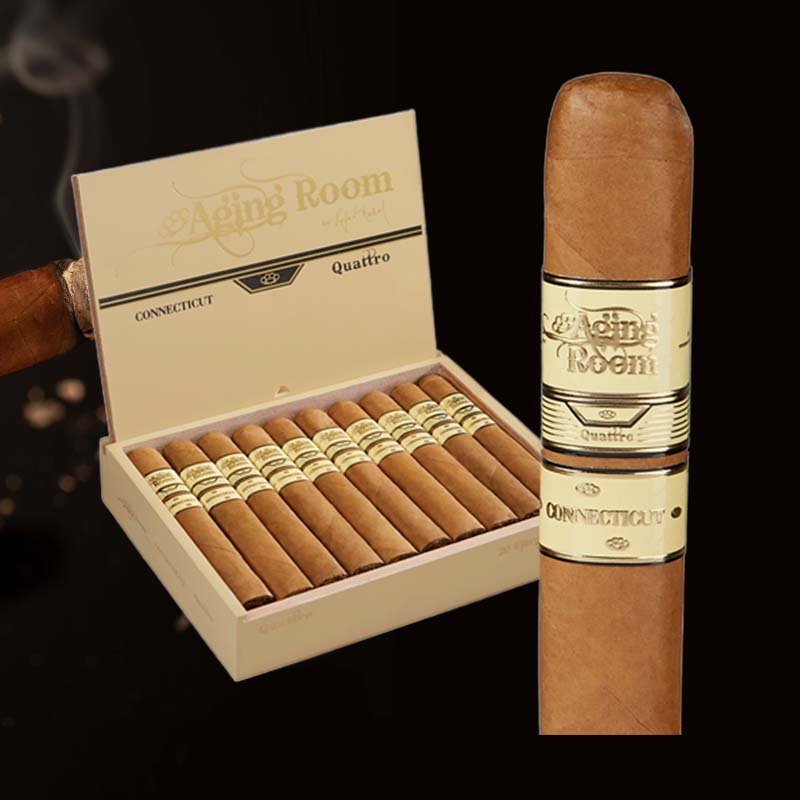Cigar ingredients vs cigarette ingredients
Today we talk about Cigar ingredients vs cigarette ingredients.
As an enthusiast of the rich and complex world of tobacco, I often find myself reflecting on the differences between cigars and cigarettes, particularly regarding their ingredients. These two forms of tobacco may seem similar, yet they each boast unique components that shape the experience and impact our health. In fact, the distinctions between cigar ingredients and cigarette ingredients involve not only composition but also flavor, health risks, and cultural perception. Let’s take a detailed journey to uncover these differences!
How are cigars different from cigarettes?
Cigars and cigarettes might share a common foundation of tobacco, but significant differences set them apart, making each a unique experience.
Physical characteristics of cigars and cigarettes
- Size: Cigars range from 4 to 9 inches in length, and are generally thicker with diameters measuring 20 to 60 ring gauge, while cigarettes are typically around 3 to 5 inches long and much thinner.
- Shape: Cigars are often hand-rolled with a medium to full-bodied format, while cigarettes are machine-made, providing a more uniform shape.
- Wrapper: Cigars have thicker tobacco wrappers, adding distinct flavors, whereas the thin paper used in cigarettes does not enhance flavor.
- Consumption: I often smoke a cigar over an hour, whereas a cigarette can be finished in just a few minutes, providing a stark contrast in smoking rituals.
What are the ingredients in cigars?

With a focus on quality and craftsmanship, the ingredients of cigars consist mainly of natural tobacco, which significantly enhances the smoking experience.
Natural tobacco composition
- Tobacco leaves: Most premium cigars are composed of 100% tobacco leaves, sourced from specific regions renowned for their rich, flavorful tobacco, like Cuba, Nicaragua, and the Dominican Republic.
- Fermentation: The tobacco in cigars undergoes fermentation for up to 12 months, a process that develops deeper aromas and complexities in flavors.
- Binder and filler: Cigar blends typically use a combination of different types of tobacco, such as ligero (strong), seco (mild), and volado (burn), to achieve a meticulous balance. It’s common to find cigars containing 3 to 4 different tobaccos.
- No artificial additives: I prefer cigars made without artificial flavorings or preservatives, as they prioritize the natural essence of tobacco.
What are the ingredients in cigarettes?

In contrast, the composition of cigarettes includes a mix of natural tobacco and a host of additives that alter the smoking experience.
Chemicals added to cigarettes
- Additives: Cigarettes can contain over 7,000 chemicals, many of which are harmful. Among these, substances like ammonia (used to boost nicotine absorption) and formaldehyde (a known carcinogen) are prevalent.
- Flavor enhancers: Around 90% of cigarettes have added flavors like menthol and sugars, making the experience smoother but potentially more addictive.
- Preservatives: Chemicals like propylene glycol act to maintain moisture and ensure stability, prolonging shelf life and making cigarettes appealing to users.
- Nicotine: Cigarettes are designed with nicotine delivery in mind, with each cigarette containing approximately 10 to 12 milligrams of nicotine, effectively targeting stress-relief pathways.
Do cigars contain harmful chemicals?

It’s essential to recognize that while cigars emphasize natural ingredients, they are not devoid of harmful substances.
Comparative analysis of chemical content
- Natural vs. synthetic: Although cigars primarily consist of natural tobacco, studies show that they still contain harmful components like tar and carbon monoxide in larger quantities compared to cigarettes.
- Smoke exposure: Cigar smoke contains about 2 to 3 times more nicotine than cigarette smoke, meaning I often inhale more toxic substances when enjoying a cigar during gatherings.
- Sizes matter: A single large cigar can deliver as much nicotine as several cigarettes. In fact, one full-bodied cigar can take more than 30 minutes to smoke, exposing me to significant toxins over that time.
Health risks associated with cigars vs cigarettes
The health implications for smokers depend significantly on the type of tobacco consumed and the frequency of use.
Short-term and long-term health effects
- Short-term risks: For both cigars and cigarettes, I can experience increased heart rate, respiratory issues, and reduced lung function almost immediately after smoking.
- Long-term risks: Research indicates that cigar smokers have a 5-fold increase in risk for throat cancer and an increased risk of lung cancer similar to that of cigarette smokers.
- Chronic diseases: Both forms of tobacco can lead to chronic obstructive pulmonary disease (COPD) and cardiovascular conditions. In fact, cigar smokers are likely to have a 25% higher risk of heart disease compared to non-smokers.
Are cigars less addictive than cigarettes?

When discussing addiction, nicotine levels play a pivotal role in dependency issues.
Nicotine levels and dependency issues
- Higher nicotine content: Cigars can contain up to 100 mg of nicotine per cigar, while a standard cigarette might contain about 10 to 12 mg, making them potentially more addictive.
- Absorption rates: The nicotine from cigarettes is absorbed quickly when smoked, leading to faster addiction compared to the slower absorption rates from cigars.
- I find balance: Many cigar smokers treat it more as a hobby, enjoying them on occasions, thus reducing potential for daily addiction compared to habitual cigarette smoking.
Cigar taste vs cigarette flavor
The flavor profile in cigars is markedly different from that of cigarettes, creating distinct experiences.
Impact of ingredients on flavor profiles
- Natural richness: Some cigars boast flavor notes ranging from chocolate to spices due to the careful selection of tobacco leaves. I often appreciate the complexity of flavors as I smoke.
- Simplistic taste: Cigarettes usually have a one-dimensional flavor with heavy reliance on additives, lacking the depth found in many premium cigars.
- Personal experience: I find that the intricate flavor journeys of cigars enhance my enjoyment and satisfaction compared to the rapid, often unvaried taste of cigarettes.
Cigar smoking experience vs cigarette smoking experience

The rituals surrounding smoking cigars and cigarettes differ greatly, reflecting on cultural practices.
Rituals and satisfaction
- Ceremonial: Cigar smoking is often celebratory in nature, marking special occasions or gatherings.
- Focus: I savor the act of smoking a cigar, allowing it to be a mindful experience, unlike the hurried consumption of cigarettes.
- Flavor complexity: When I light a cigar, I’m rewarded with a dynamic flavor exploration that I rarely find in cigarette smoking.
Regulations surrounding cigar and cigarette ingredients

Understanding regulations provides insight into how the tobacco industry operates and influences our choices.
Government policies and standards
- Labeling requirements: Cigarettes include extensive warning labels highlighting risks, while cigars often lack such explicit indicators due to differing regulations.
- Additive limitations: Various countries impose restrictions on specific additives in tobacco products, affecting the market differently for cigars and cigarettes.
- Age restrictions: Just like cigarettes, cigars face age restrictions, but I often find that cigar boutiques provide a more tailored shopping experience.
Public perception of cigars vs cigarettes

The societal view of cigars and cigarettes tells us a lot about our cultural attitudes towards tobacco.
Cultural attitudes and stigma
- Social acceptance: Cigars are often perceived as symbols of luxury and celebration, with many associating them with affluent lifestyles.
- Stereotypes: Cigarettes face negative stigma due to their links to addiction and health issues, leading to broader societal pushbacks.
- Cigar culture: I enjoy the camaraderie of cigar lounges, where enthusiasts share knowledge and savor high-quality products without stigma.
Environmental impact of cigar and cigarette production
Awareness of environmental consequences is essential in making informed tobacco-related decisions.
Sustainability considerations
- Cultivation practices: Cigar tobacco is often grown under more sustainable and environmentally friendly practices compared to mass-produced cigarette tobacco.
- Waste management: Cigarette butts contribute to nearly 1.69 billion pounds of toxic waste annually, while cigar production has less environmental impact, primarily due to reduced production scale.
- Eco-friendly brands: Some cigar brands are leading the way by implementing sustainable farming practices to minimize their environmental footprint.
Flavoring agents in cigars and cigarettes

Flavoring agents can significantly influence the attractiveness and overall experience of tobacco products.
Natural vs artificial flavor additives
- Natural flavors: Premium cigars primarily utilize natural flavors derived from the tobacco itself, showcasing the beauty of the leaf.
- Artificial additives: Cigarettes often use synthetic flavor enhancers that can mask bitterness but detract from declaring quality and authenticity.
- Personal preference: I find that the absence of artificial flavors in cigars allows me to connect better with the tobacco’s true essence.
Comparative health studies on cigars and cigarettes
Research continues to evolve, providing insights into the health implications of smoking cigars versus cigarettes.
Research findings and conclusions
- Health risks: A study published in the Journal of Clinical Oncology indicates that cigar smokers face serious risks of head and neck cancers, with a 5.5 increase in risk versus non-smokers.
- Smoker demographics: Research reveals that frequent cigar smoking can be just as damaging as smoking cigarettes, highlighting the need for moderation.
- Isolation of risks: Health studies emphasize that the varied frequency and intensity of cigar smoking can isolate different health risks compared to daily cigarette use.
Cigar and cigarette smoking demographics

Understanding who smokes cigars versus cigarettes provides insight into consumption trends and cultural practices.
Who smokes what and why?
- Aging population: The Cigar Association of America indicates that around 80% of cigar smokers are over 35 years old, valuing the experience over habit.
- Age groups: Cigarette smoking remains widespread among younger demographics, with highest use among adults aged 18-24.
- Gender differences: While men dominate the cigar market, approximately 33% of women in the U.S. still smoke cigarettes, indicating diverse preferences.
Conclusion: Understanding the differences in ingredients

In summary, delving into the cigar ingredients vs. cigarette ingredients debate highlights significant differences in their compositions, health impacts, and cultural impacts. Each form of tobacco presents unique experiences and risks, shaping our choices as consumers. I believe that understanding these differences empowers me to make more informed decisions in the complex world of tobacco enjoyment.
FAQ

Do cigars have the same chemicals as cigarettes?
No, cigars do not have the same chemicals as cigarettes. While cigars primarily consist of natural tobacco, they still contain harmful chemicals like tar and nicotine, albeit in different concentrations than cigarettes.
What ingredients are in cigarettes vs cigars?
Cigarettes contain a mix of natural tobacco and various harmful additives, while most cigars are composed of 100% tobacco leaves, focusing on natural ingredients and minimal additives.
Are all cigars 100% tobacco?
Most premium cigars are indeed 100% tobacco; however, some lower-quality cigars may include flavoring agents or fillers, but high-end brands typically prioritize natural tobacco.
What makes cigars different from cigarettes?
Cigars differ from cigarettes in ingredients, size, flavor, smoking experience, and cultural significance, often emphasizing leisure and celebration rather than habitual use.




